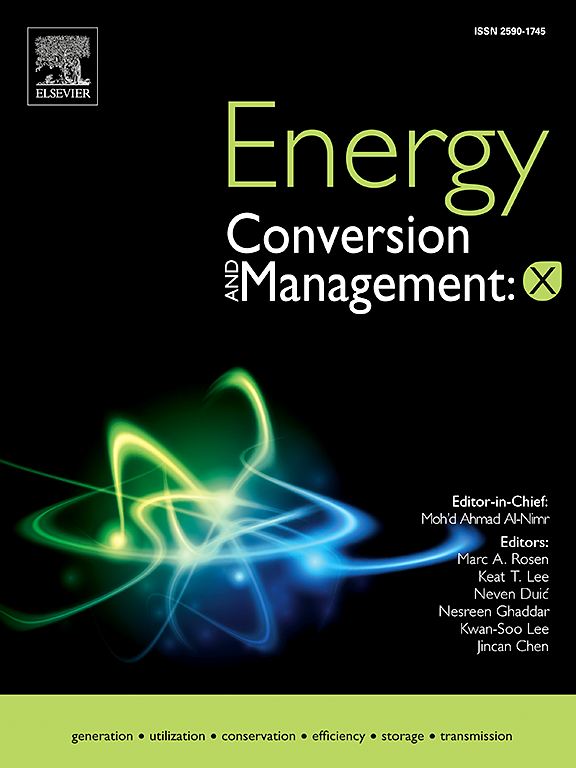Complementarity in renewable energy sources: Insights from scientometric analysis
IF 7.1
Q1 ENERGY & FUELS
引用次数: 0
Abstract
Renewable energy sources (RESs) enhance reliability and sustainability through complementarity by strategically combining different energy types to improve power generation stability. However, they also face challenges such as variability and intermittency, which can impact the consistency of energy supply. Despite extensive research, there is a lack of scientometric analyses that evaluate global trends, key contributors, and emerging methodologies in complementarity studies. This paper addresses this gap by conducting a scientometric analysis of existing research, identifying influential studies, methodologies, and collaboration patterns. Using a structured framework, the methodology includes data retrieval, selection criteria, and analysis, providing insights into the current state of research. Findings reveal that a significant proportion of publications originate from a limited number of countries, suggesting a need for broader geographical representation. Additionally, there has been a consistent increase in the annual number of publications since 2017. The paper also highlights key mechanisms for mitigating variability, including optimized hybrid system planning, strategic geographic dispersion of energy resources, and the integration of advanced forecasting and storage technologies. Wind, solar, and hydro combinations are widely studied, with strong seasonal and spatial synergies that reduce reliance on energy storage. Advanced methodologies, such as GIS-based analysis and machine learning, are increasingly used to optimize hybrid system configurations. However, regional constraints and variability require tailored integration strategies, as findings are not always universally applicable. In essence, the study recommends optimizing hybrid systems, strategically distributing resources across diverse locations, and integrating advanced forecasting and storage technologies to enhance grid stability and reliability.
求助全文
约1分钟内获得全文
求助全文
来源期刊

Energy Conversion and Management-X
Multiple-
CiteScore
8.80
自引率
3.20%
发文量
180
审稿时长
58 days
期刊介绍:
Energy Conversion and Management: X is the open access extension of the reputable journal Energy Conversion and Management, serving as a platform for interdisciplinary research on a wide array of critical energy subjects. The journal is dedicated to publishing original contributions and in-depth technical review articles that present groundbreaking research on topics spanning energy generation, utilization, conversion, storage, transmission, conservation, management, and sustainability.
The scope of Energy Conversion and Management: X encompasses various forms of energy, including mechanical, thermal, nuclear, chemical, electromagnetic, magnetic, and electric energy. It addresses all known energy resources, highlighting both conventional sources like fossil fuels and nuclear power, as well as renewable resources such as solar, biomass, hydro, wind, geothermal, and ocean energy.
 求助内容:
求助内容: 应助结果提醒方式:
应助结果提醒方式:


